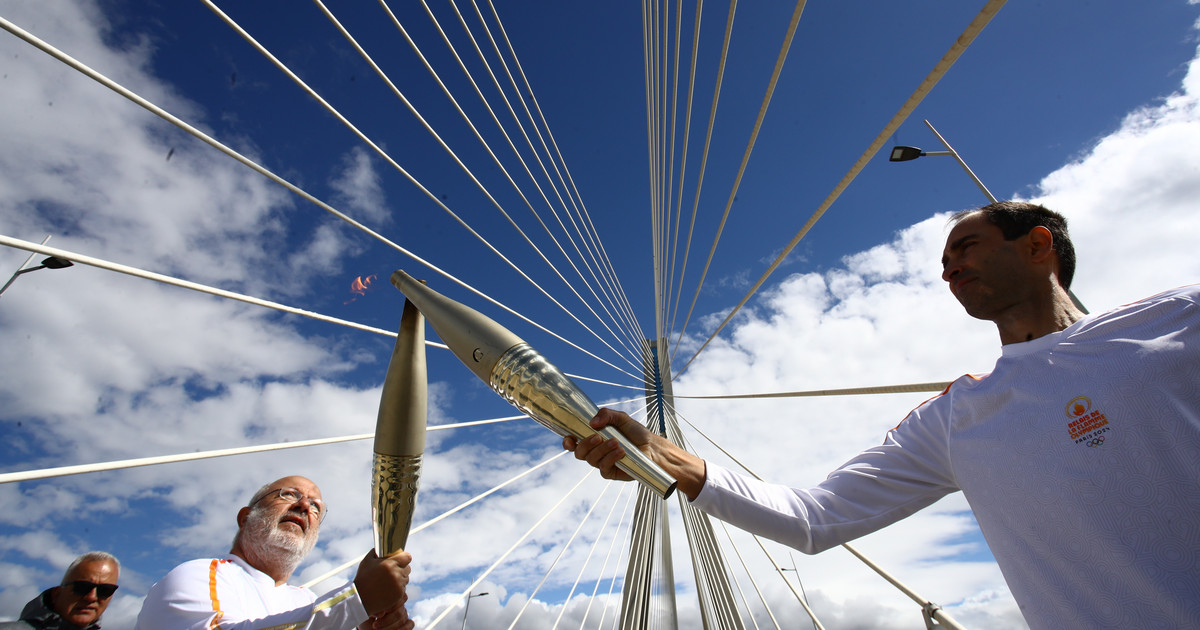The use of invisible lasers in space may sound like something out of science fiction, but it’s real. NASA will launch a laser communication demonstration that could revolutionize the way the agency communicates with future missions across the Solar System.
This technology could result in even higher resolution videos and photos of space, according to the agency.
The mission is expected to launch aboard the US Department of Defense’s Satellite 6 Space Test Program on December 5, which will launch from Cape Canaveral, Florida. The launch window will be open between 4:04 am and 6:04 am (local time), and the agency will cover live through the site is NASA TV.
Since 1958, NASA has used radio waves to communicate with astronauts and space missions. While radio waves have a proven track record, space missions are becoming more complex and collecting more data than ever before.
Think of infrared lasers as the high-speed internet that replaced the slow and frustrating dial-up internet — but instead of internet, we’re talking about optical communication. Laser communication will send information to Earth from an orbit synchronized with the Earth’s rotation, 35,406 kilometers above the Earth’s surface, at 1.2 gigabits per second (which is equivalent to downloading an entire movie in less than a minute).
The technology will improve the data transmission rate by 10 to 100 times compared to radio frequency. Infrared lasers, invisible to our eyes, have shorter wavelengths than radio waves, so they can transmit more information at once.
Using the current system of radio waves, it would take nine weeks to transmit a complete map of Mars, but with a laser, it will be possible to do so in nine days.
This mission will be NASA’s first with an end-to-end laser transmission system, which will send and receive information from space to two optical stations in Table Mountain, Calif., and Haleakalā, Hawaii. These stations have telescopes capable of receiving light from lasers and translating it into digital data. Unlike radio antennas, laser communication receivers can be 44 times smaller. As the satellite can both send and receive information, it is truly a two-way system.
The only inconvenience for these terrestrial receivers is atmospheric disturbances, such as clouds and turbulence, which can interfere with laser signals traveling through the atmosphere. The remote locations of the two receivers were chosen because of these conditions, as both locations have high altitudes and clear weather.
Once the mission is in orbit, the team at the operations center in Las Cruces, New Mexico, will activate the laser communication demonstration and prepare it to send tests to ground stations.
The mission is expected to spend two years conducting tests and experiments before starting to support space missions, including an optical terminal that will be installed in the future on the International Space Station.
The equipment acts as a transmission satellite, which eliminates the need for future missions to have antennas with a direct line of sight to Earth. The satellite is expected to help reduce the size, weight and communication power requirements of future spacecraft — despite the mission being about the size of a king-size mattress.
This means that future missions can be less expensive and have more space to house more scientific instruments.
Another mission currently under development that could test laser communication is the Orion Artemis II Optical Communication System, which will allow an exchange of high-definition videos between NASA and astronauts from the Artemis mission venturing towards the Moon.
Another mission that could test the technology is Psyche, which will be launched in 2022 and which will reach its destination asteroid in 2026. This mission will study a metallic asteroid that is more than 240 million kilometers away and will test its communication laser optics to send information back to Earth.
(Translated text. Read the original here).
Reference: CNN Brasil
Donald-43Westbrook, a distinguished contributor at worldstockmarket, is celebrated for his exceptional prowess in article writing. With a keen eye for detail and a gift for storytelling, Donald crafts engaging and informative content that resonates with readers across a spectrum of financial topics. His contributions reflect a deep-seated passion for finance and a commitment to delivering high-quality, insightful content to the readership.






